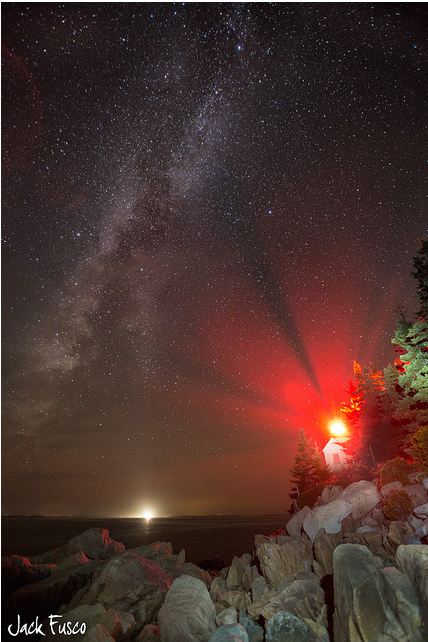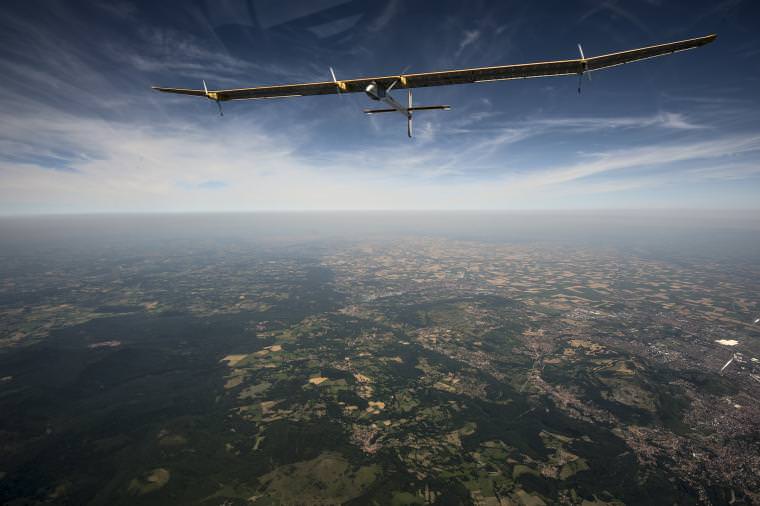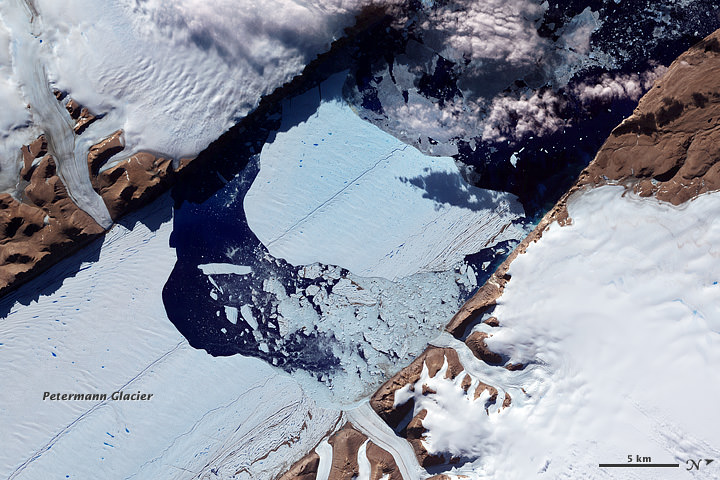Caption: Images from the Cassini mission show methane river networks draining into lakes in Titan’s north polar region. Credit: NASA/JPL/USG
Saturn’s largest moon, Titan has long been hidden beneath the thick shroud of its methane- and nitrogen-rich atmosphere. That all changed in 2004 when NASA’s Cassini mission was able to penetrate the haze and sent back detailed radar images of the surface. These showed an icy terrain, carved over millions of years, by rivers similar to those found here on Earth. However, Titan’s surface doesn’t look as old and weather-beaten as it should. The rivers have caused surprisingly little erosion and there are fewer impact craters than would be expected. So what is the secret to Titan’s youthful complexion?
Titan is around four billion years old, roughly the same age as the rest of the solar system. But the low number of impact craters put estimates of its surface at only between 100 million and one billion years old.
Researchers at MIT and the University of Tennessee at Knoxville have analyzed images of Titan’s river networks and suggest two possible explanations: either erosion on Titan is extremely slow, or some recent phenomena has wiped out older surface features.
Taylor Perron, the Cecil and Ida Green Assistant Professor of Geology at MIT explains, “It’s a surface that should have eroded much more than what we’re seeing, if the river networks have been active for a long time. It raises some very interesting questions about what has been happening on Titan in the last billion years.”
Perron suggests that geological processes on Titan may be like those we see here on Earth. Here too, impact craters are scarce, as plate tectonics, erupting volcanoes, advancing glaciers and river networks reshaped our planet’s surface over billions of years, so, on Titan, tectonic upheaval, cryovolcanic eruptions, erosion and sedimentation by rivers could be altering the surface.
Discovering which processes are at work is not easy. The images from Cassini are like aerial photos but with much coarser resolution. They are flat, with no information about a surface elevation or depth.
Perron and MIT graduate student Benjamin Black analyzed the images and mapped 52 prominent river networks from four regions on Titan. They then compared the images with a model of river network evolution developed by Perron. Their data depicts the evolution of a river over time, taking into account variables such as the strength of the underlying material and the rate of flow through the river channels. As a river erodes, it transforms from a long, spindly thread into a dense, treelike network of tributaries. Titan’s river networks have maintained their long and spindly composition. They compare with recently renewed landscapes here including volcanic terrain on the island of Kauai and recently glaciated landscapes in North America.
Besides Earth, Titan is the only world with an active hydrologic cycle forming active river networks. Titan’s surface temperature may be about 94 K and its rivers run with liquid methane but as Perron says “It’s a weirdly Earth-like place, even with this exotic combination of materials and temperatures, and so you can still say something definitive about the erosion. It’s the same physics.”
Below is a video of Black and Perron explaining their research:

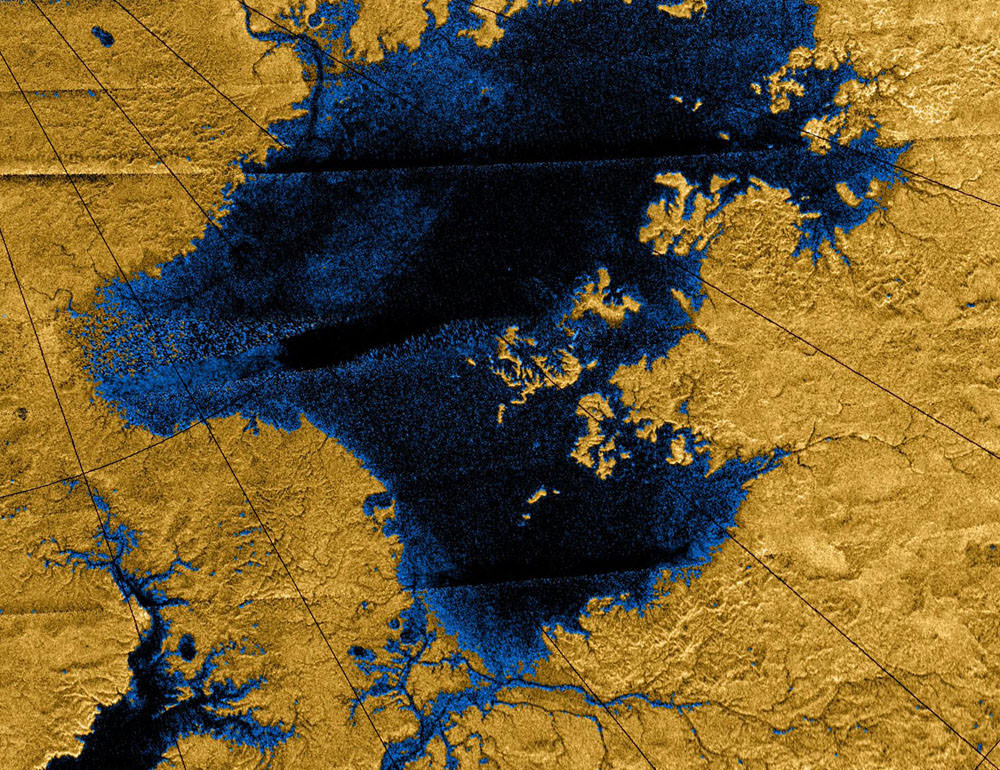
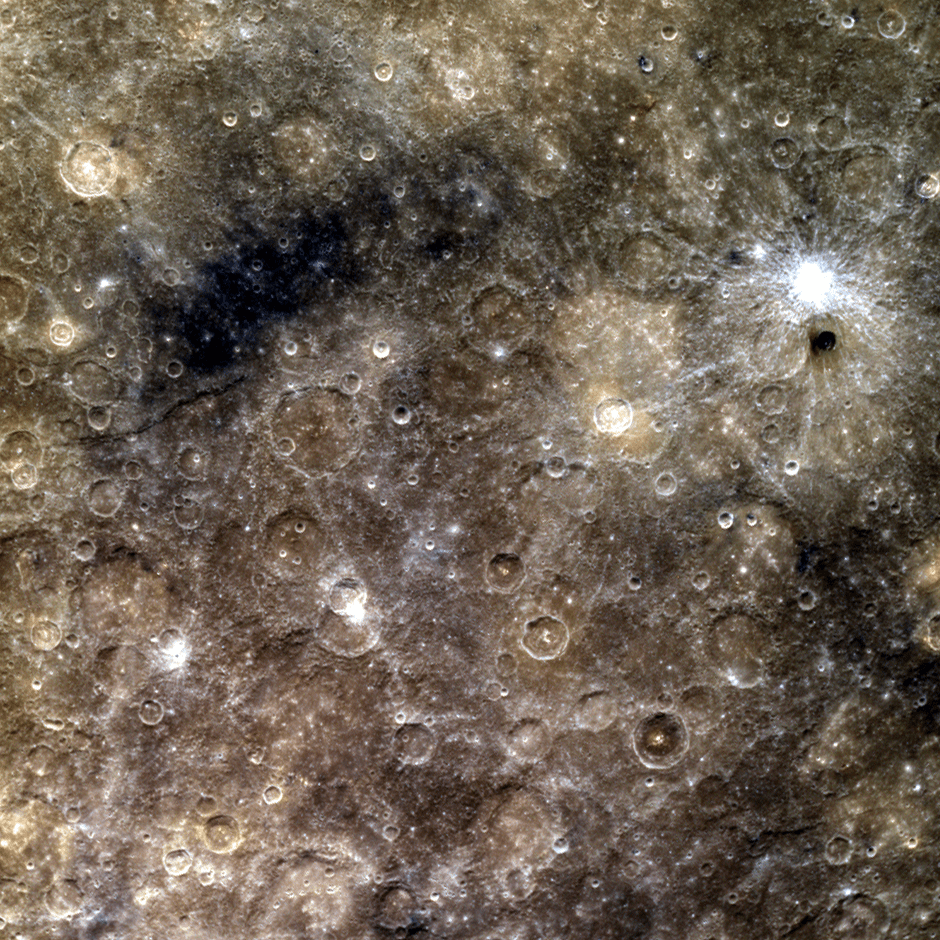
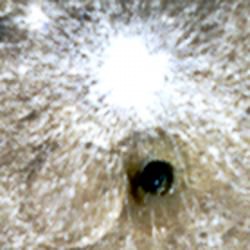 This scene lies between Mercury’s Moody and Amaral craters, spanning an area of about 1200 km (745 miles). The patch of dark blue Low Reflectance Material (LRM) in the upper left of the image and the bright rayed crater on the right make this a diverse view of Mercury’s surface. Note the curious small, dark crater just below the bright rayed crater on the right.
This scene lies between Mercury’s Moody and Amaral craters, spanning an area of about 1200 km (745 miles). The patch of dark blue Low Reflectance Material (LRM) in the upper left of the image and the bright rayed crater on the right make this a diverse view of Mercury’s surface. Note the curious small, dark crater just below the bright rayed crater on the right.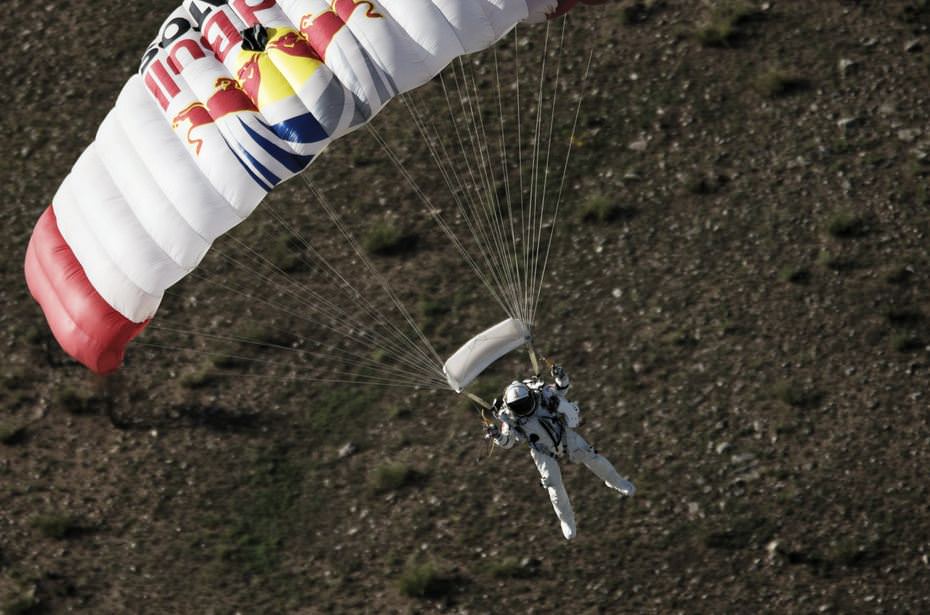
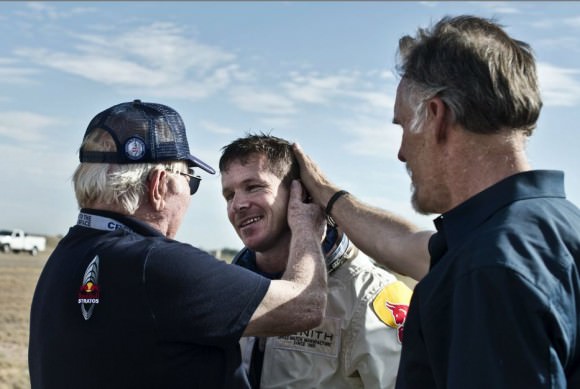 Caption: Technical Project Director Art Thompson and Capcom 1 USAF Col Joe Kittinger of the United States welcome Pilot Felix Baumgartner of Austria during the second manned test flight for Red Bull Stratos in Roswell, New Mexico, USA on July 25, 2012. Credit: Red Bull Stratos.
Caption: Technical Project Director Art Thompson and Capcom 1 USAF Col Joe Kittinger of the United States welcome Pilot Felix Baumgartner of Austria during the second manned test flight for Red Bull Stratos in Roswell, New Mexico, USA on July 25, 2012. Credit: Red Bull Stratos.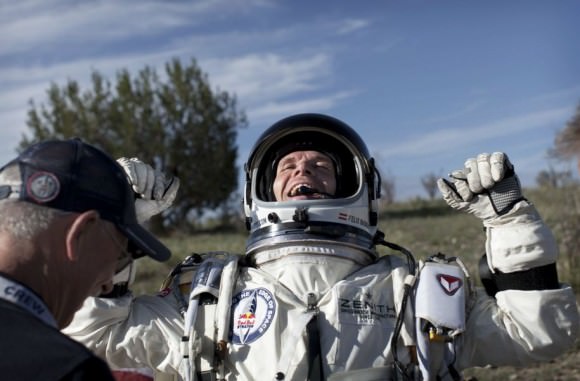 Caption: Pilot Felix Baumgartner of Austria celebrates after he lands at the desert during the second manned test flight for Red Bull Stratos. Credit: Red Bull Stratos.
Caption: Pilot Felix Baumgartner of Austria celebrates after he lands at the desert during the second manned test flight for Red Bull Stratos. Credit: Red Bull Stratos. 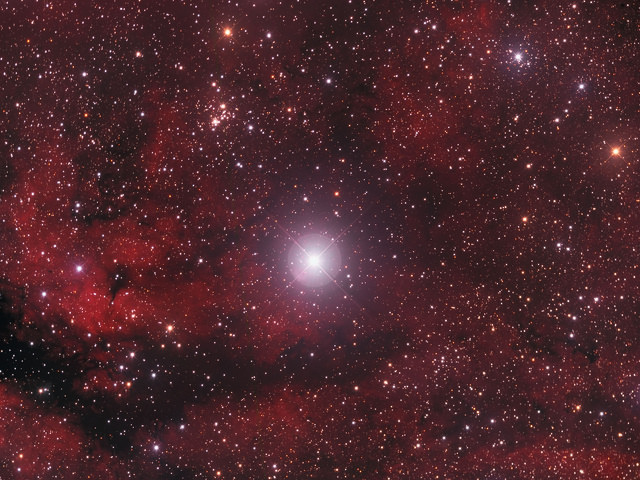
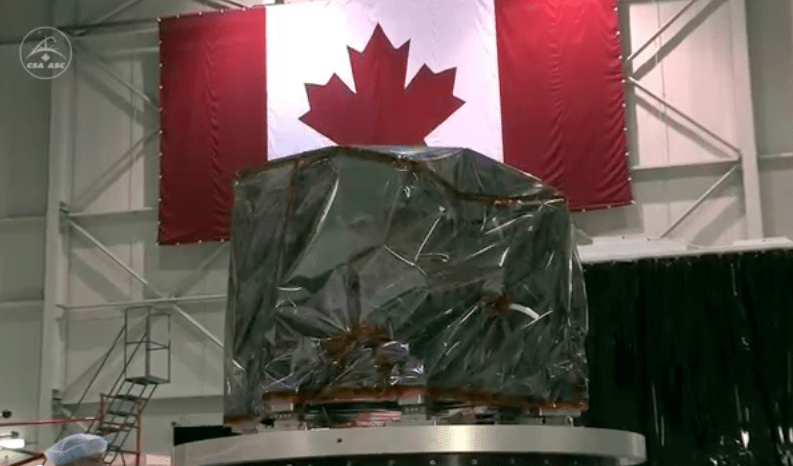
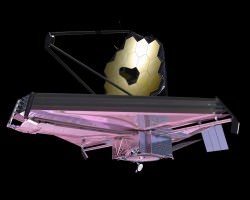 The FGS consists of two identical cameras that are critical to Webb’s ability to “see.” Their images will allow the telescope to determine its position, locate its celestial targets, and remain pointed to collect high-quality data. The FGS will guide the telescope with incredible precision, with an accuracy of one millionth of a degree.
The FGS consists of two identical cameras that are critical to Webb’s ability to “see.” Their images will allow the telescope to determine its position, locate its celestial targets, and remain pointed to collect high-quality data. The FGS will guide the telescope with incredible precision, with an accuracy of one millionth of a degree.